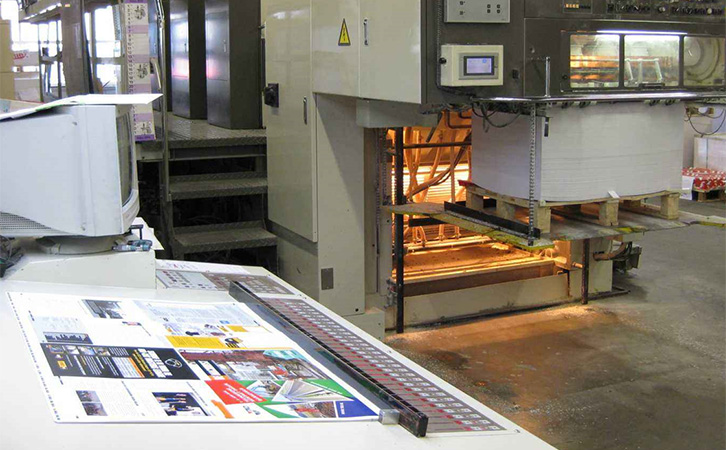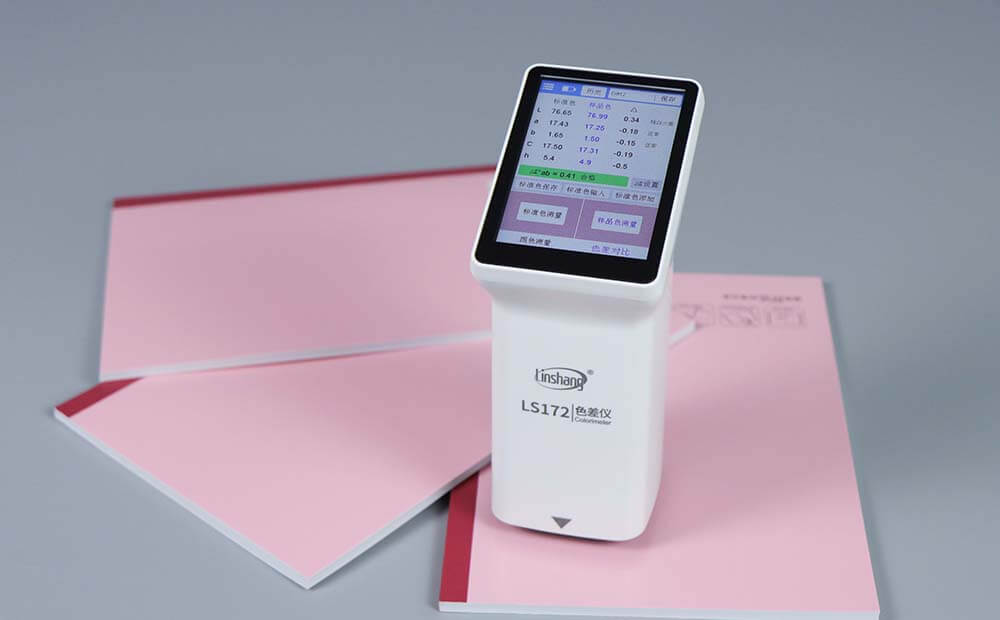Colorimeters in the printing industry
Requirements for color difference in printing industry
In the printing industry, color management is a very important indicator and the first element of attraction. The color we are talking about can be divided into three elements: hue (cool and warm), saturation (purity of color) and lightness (lightness and darkness), which are the basis for expressing the sense of color hierarchy.
Printing chromatic aberration, which is often said in the industry, is also a major focus of customers' attention. Not only the printing process will cause a large color difference in the printed matter, but other printing speed, pressure, ink hue and viscosity will also affect the printing color difference.
The traditional gravure printing color difference detection is usually visually measured by the naked eye. This measurement method is difficult to ensure that the color of the same batch of printed matter is not distorted and consistent. The observer is easily affected by the light source, environment and subjective psychological factors, and the measurement result will be inaccurate. Measuring with an instrument is currently a more popular and accurate measurement method.

What are the instruments for detecting color difference?
At present, there are three types of instruments for detecting color difference: handheld spectrophotometer, portable color difference meter and desktop spectrophotometer:
1. Handheld Spectrophotometer
This type of color measuring instrument has relatively complete functions, and can display professional spectral reflectance curves, and test parameters such as yellowness and whiteness. And there are a variety of color spaces and color difference formulas to choose from. While ensuring the accuracy of the instrument, the cost performance is also very high. During the test, you can directly read the data on the screen of the instrument, or connect to a mobile phone or computer for testing, which is very convenient to use.
2. Portable colorimeter
Such instruments on the market not only have different appearances, but also have high and low prices. Its biggest feature is that it is light and compact, and can quickly measure color and color difference comparison. There are also a variety of color spaces and color difference formulas to choose from during testing. Some of them can also be directly connected to mobile phones or computers.
3. Desktop Spectrophotometer
Compared with the handheld spectrophotometer, this kind of spectrophotometer will be larger in size, more stable in performance, higher in testing accuracy, and relatively more expensive. It can be connected to a computer for color matching, and is generally suitable for laboratory research and development.
However, domestic printing companies generally use two types of color measuring instruments: handheld spectrophotometers and portable colorimeters.
How to choose the right instrument from Linshang Colorimeter?
Before choosing an instrument, it is necessary to confirm the type of surface of the printed material. Common ordinary printing or packaging can be tested with colorimeter with 45°/0° lighting. There are three options in Linshang: LS170, LS172, and LS172B.

If it is a metal printing or a highly reflective material surface, you need to use an integrating sphere colorimeter, which is made with D/8 lighting. There are three types of LS171, LS173, and LS173B available in Linlin. In addition, if you need a spectrophotometer that can view the spectral reflectance curve, you can choose LS176 and LS176B.
The Linshang colorimeter uses D65 light source, which is used by most of the printing industry and is relatively close to sunlight.
When detecting printing color difference, whether using a color difference meter or a spectrophotometer, the quality of the printed matter can be guaranteed, and the production process can be adjusted through the color difference detection results, thereby reducing the possibility of color difference. For those differences that cannot be judged by the naked eye, the color deviation can be easily measured with an instrument, and whether the deviation is within a reasonable range.
In actual production of the printing industry, choosing appropriate colorimeters can not only save production costs, but also improve work efficiency.